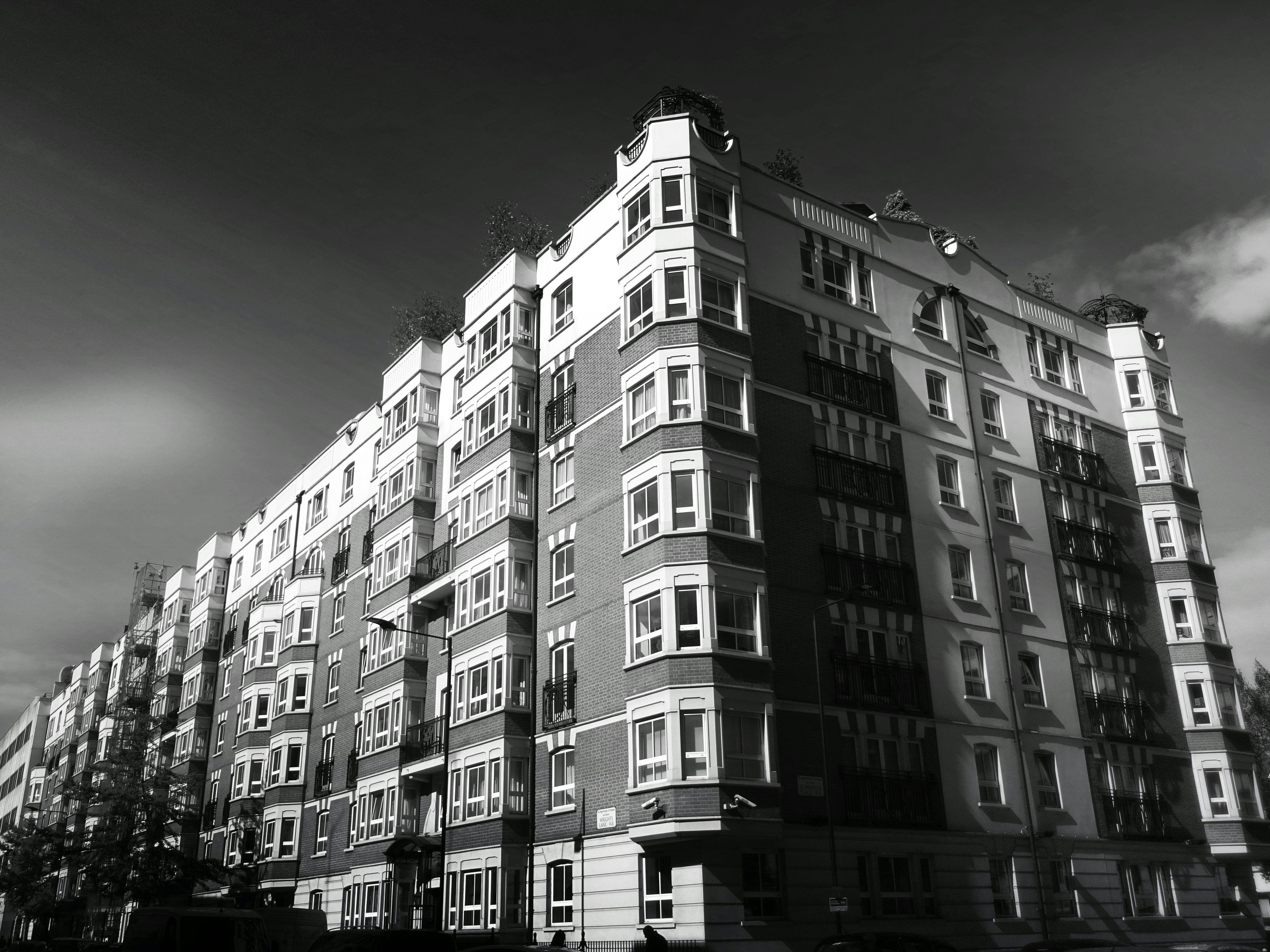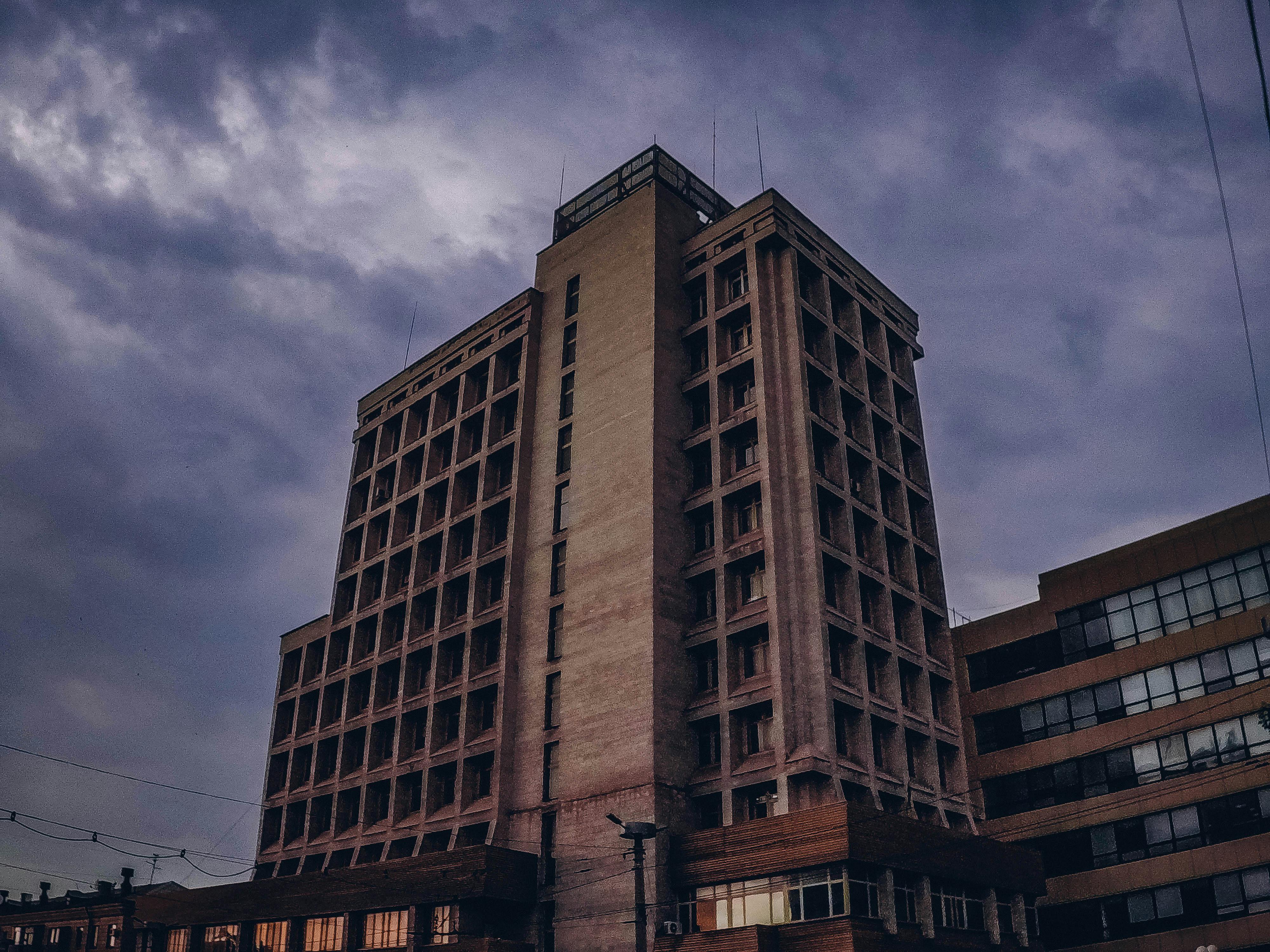There are plenty of foreclosed homes on the market; half are mold foreclosures. Banks hold on to properties that have had their utilities cut off. The duration of utilities is an important consideration; You have a 50% chance of buying a mold foreclosure. Usually no one will tell you that you are looking at a mold foreclosure; however, in many cases it is obvious. For example, a foreclosed house in humid Florida won’t take long to fill with mold. Mold can grow in 24 to 48 hours in high humidity conditions. Mold requires warm, dark, and moist places to grow. What is happening in mold foreclosures is called the “stack effect.” Natural ventilation draws moisture through the attic; powered by air conditioning and heat in the stations. There is also the factor that people move around the house promoting circulation through movement. Without air conditioning, heating, and movement, homes mold quickly. Germs, viruses, bacteria, and fungi love high humidity. To stop mold, utilities should be left on preferably with a dehumidifier for basement operation.
Should you buy a foreclosed home? Here’s a true story to consider: A woman in Florida bought a short sale home; she saved $90,000. However, she cannot enter her house without wearing a mask. She did the right thing: she did a home inspection. Inspection came back clean: no mold. She did not have a mold inspection. However, the mold was not obvious. It was on the walls and behind the baseboards. She stayed a while and discovered that the house had a big problem: she needed someone to come in and get rid of the mold. Removing mold can cost a lot of money. A minor mold abatement can cost around $5,000.00. This woman realizes that she is looking for a major mold renovation. She now lives in a motel while she finds a mold remediation company to hire. Lesson learned: if she lives in a humid area, she has a mold inspection done.
Put a contingency in your contract that the sale is void if mold is discovered. If you walk into the house and start to feel sick, there is probably mold. Look for signs of water intrusion. Most cases of mold start in the basement. Start there. Water stains are another sign. The attic is also a place to look. If leaves collect in the gutter and ice dams form, water can easily find its way into the attic. You should water the stains and possibly see mold. Mold comes in many colors: brown, green, yellow, or black.
If the pipes are broken and not taken care of in a reasonable amount of time, mold grows. Ask if there are any repairs that need to be done. Here is a list of where you can find mold:
Bathrooms, basement crawl spaces, shower stalls, bathroom ceilings, walls and ceilings, attics due to poorly constructed ceilings, leaking plumbing, insulation, air ducts, laundry room, air conditioning ducts, peeling drywall, carpet in a finished basement, closed rooms or doors in a basement, under wallpaper, paneling and finished bases.
If you’re not sure if mold is present, hire a mold remediation company to test and check; mold testing is around $300.00. Mold testing must be performed by a laboratory. Mold can be detected on walls with a thermal imaging camera. Companies also take samples. Do your research – a bargain can be a nightmare or mold foreclosure can be a bargaining chip if you’re willing to take the risk. Get estimates of what the repairs will cost, and be sure to remove the mold. If you are willing to buy into an obvious mold foreclosure, hire an attorney who specializes in buying mold foreclosures to protect yourself. Don’t be surprised by attempts to hide mold. Some people will paint over mold to hide it. Homes that have been on the market for years are prime places for mold. Happy hunting at home.




